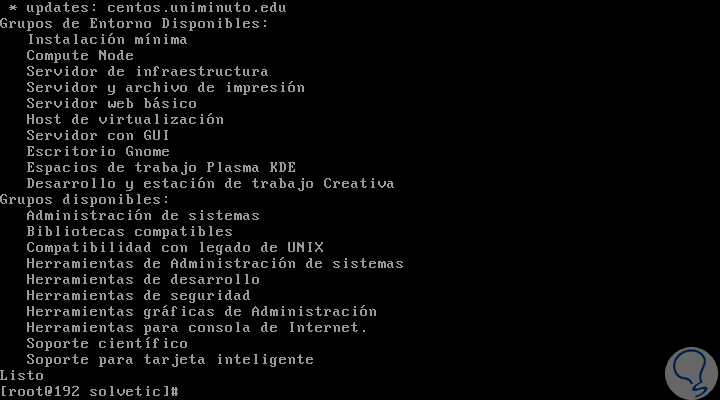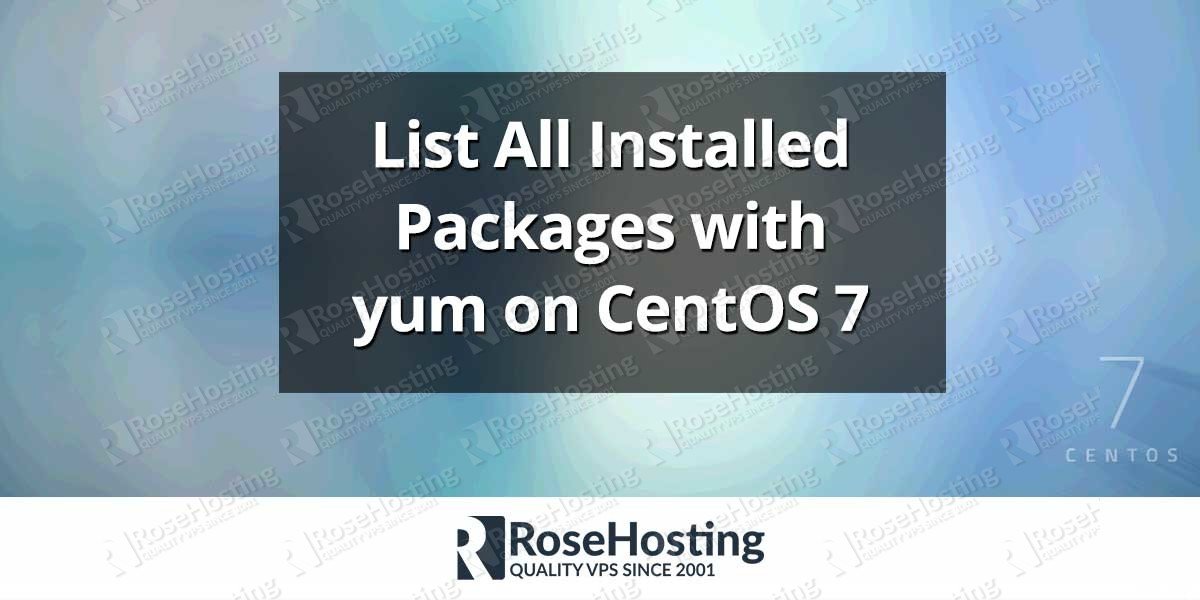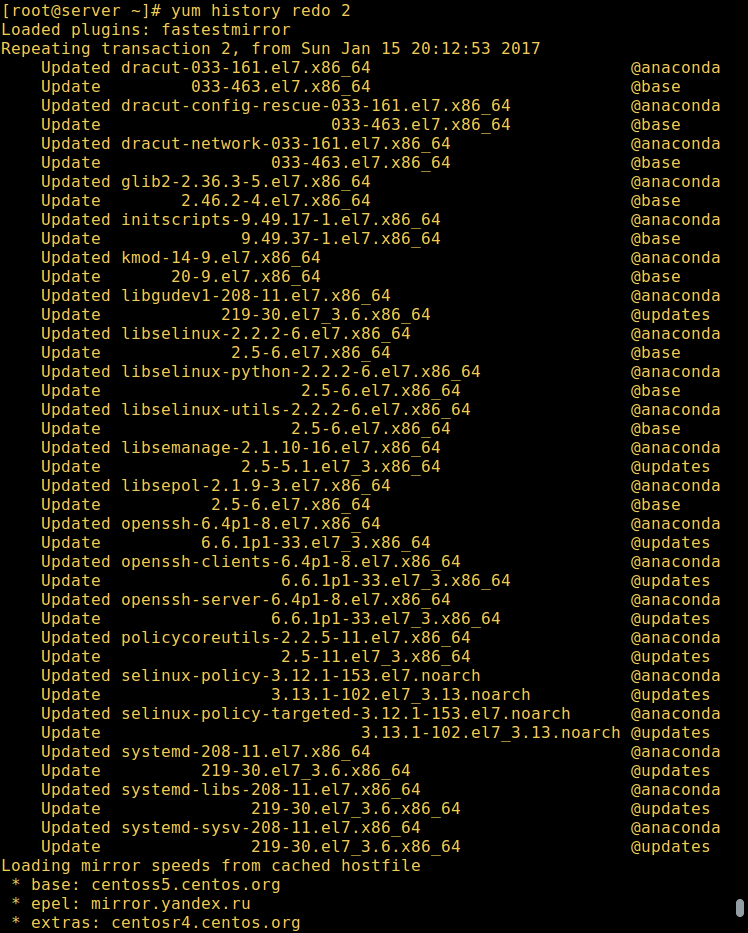
If that doesn’t work, you can remove duplicate packages on your system with this command: $ package-cleanup -dupes Sometimes, following the rollback instructions in the section above can fix the problem. If one or more packages fail to upgrade successfully when you run the yum update command, the system can end up with duplicate packages installed (2 versions of the same program). This is useful in cases where you have an unsigned package, or you just don’t have the GPG key. The –nogpgcheck option in yum will instruct it to skip checking GPG signatures on packages. You can use the GPG keys to verify the authenticity of an RPM package. Once it has finished, you’ll get a final summary, which will list all the packages that were successfully upgraded, as well as any errors that may have been encountered. Yum will then perform the upgrades, which may take some time depending on the speed of your connection and the system itself.

Once you review the list of software that yum plans to upgrade, you can confirm these changes by typing “y” and hitting enter. In case you’re wondering why new packages are being installed when we are only supposed to be upgrading applications, some new software packages may have become part of this Linux distribution, or some upgraded applications may rely on extra packages that are not yet installed. In this example, 166 packages are being upgraded, and 6 new packages are being installed. Below that, yum lists the various packages which it has found updates for.Īt the tail end of this output, yum will display the “Transaction Summary,” which shows the total number of packages that are to be installed and upgraded.


The screenshot below shows the type of output you’ll typically see when first issuing the yum update command.Īs you can see, the output from yum first lists the repositories it’s querying, which are the default ones for CentOS: AppStream, Base, and Extras. When running this command, yum will begin by checking its repositories for an updated version of the software your system currently has installed.

If you run the command without any package names specified, it will update all packages on the system. You can use the yum update command to update applications installed on a system.


 0 kommentar(er)
0 kommentar(er)
